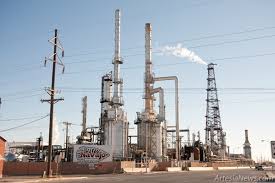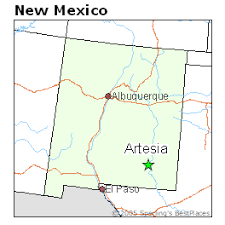
A new report by an environmental group claims ten refineries, most along the Gulf Coast are emitting benzene at high levels that are not illegal, but should require more pollution controls.
One of the ten is a Holly-owned Permian Basin refinery in New Mexico, the same company with a refinery in Tulsa, Oklahoma.
The Environmental Integrity Project says its report highlights weak spots in reporting requirements. The EIP says if emissions of benzene, a carcinogen, go higher than 9 micrograms per cubic meter, the refinery is supposed to find the source and fix it.
The group analyzed data for 114 refineries that are under EPA mandates to monitor benzene concentrations. The highest benzene emission was at the Philadelphia Energy Solutions refinery located in South Philadelphia, a plant that was closed after a June 2019 explosion and fire. Its emission was 444 percent higher than required EPA action.
The second worst polluter, according to the EPA data, is the Holly Frontier Navajo Artesia refinery in New Mexico, whose fenceline benzene emissions were four times the EPA limit, or 36 micrograms. The emissions were said to be 300 percent higher than required action by the EPA.

The analysis found that six of the ten refineries are located in Texas, including Pasadena Refining outside of Houston and Flint Hills Resources in Corpus Christi which is owned by Koch Industries from Wichita, Kansas.
The data are the result of a new rule which took effect in 2018 requiring oil refineries to measure average, annual benzene levels at the perimeter, or fenceline, to gauge how much of the toxin could be polluting adjacent neighborhoods. The high emissions levels do not violate the law, but refiners whose emissions exceed EPA limits are supposed to analyze and correct the causes of the pollution.
Source: Inside Climate News




